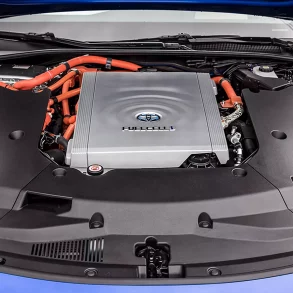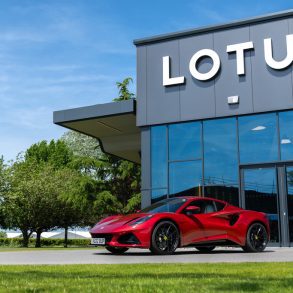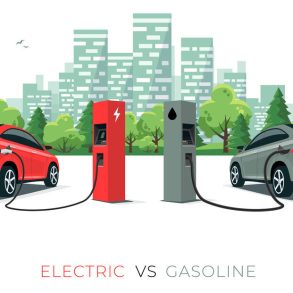Summary:
- Tesla was at one point effectively the only option if you wanted an EV
- Competition has grown from traditional automakers coming out with their own EVs
- Global interest in EVs has waned in favor of hybrids. In effect, the EV bubble has burst
- To maintain profitability and reduce costs, layoffs are the only option that Tesla can take to immediately affect its bottom line
- Tesla’s stock has also fallen 31% since December 2023 in a Q1 free fall, while legacy automakers have seen rallies in their stocks as hybrids surge in sales
- We think that Tesla’s major issue is that they bet everything on EVs continuing to grow in market size, and while there is a still a market, the next major growth is not expected until 2026-2027, if even by then
If you look back even 5 years, there was no one in the world that carried the flag for EVs as much as Tesla did. They were the first to engineer, design, and popularize the modern concept of an EV, and raked in billions in sales in return.
Now, however, many traditional automakers have started the transition to making EVs, as well as consumer interest sliding towards hybrids and alternative fuel vehicles. This has created a market that is both shrinking in demand while also becoming saturated, which for any business can be devastating.
Tesla To Lay Off 10% Or More Of Its Global Workforce
On Monday, April 15, 2024, an internal email memo from Elon Musk was leaked to the press that amid a stock price in relative freefall, declining sales, and the narrowing profit margin on Tesla EVs to remain competitive, fully 1/10th of the total employees for the automaker will be laid off around the world.
The last major tally for Tesla was done in December 2023, at which point the company had roughly 140,473 employees stationed all over the globe, with the largest percent in the United States. These layoffs will see approximately 14,045 employees lose their positions and, according to the rumor mill online, not even the executive positions are safe.
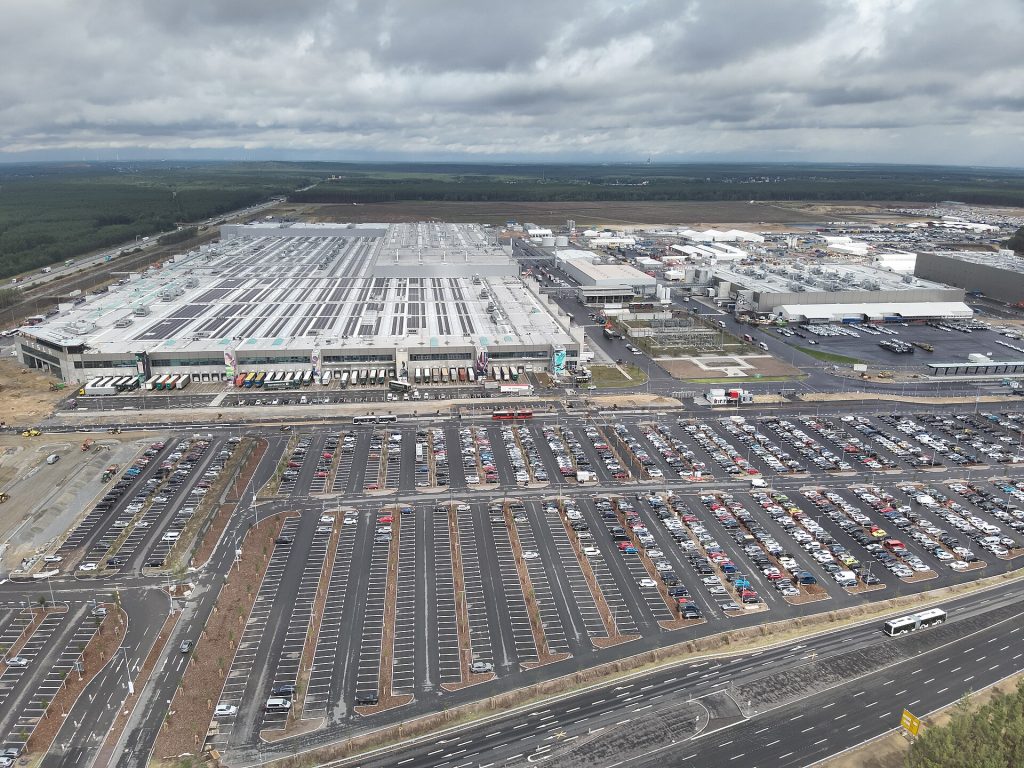
There were also two major resignations shortly after the memo was leaked. Tesla Senior Vice-President of Battery Development Drew Baglino resigned his position just a couple of hours after the email memo was sent. This is a massive hit to the company, as Baglino was one of the four members in the Tesla leadership team, which also includes Elon Musk.
Soon after, Vice-President for Public Policy and Business Development Rohan Patel also resigned his position.
On top of all of that, for the first time in years, Tesla’s Q1 deliveries were down despite the company building up a supply of 46,000 vehicles.
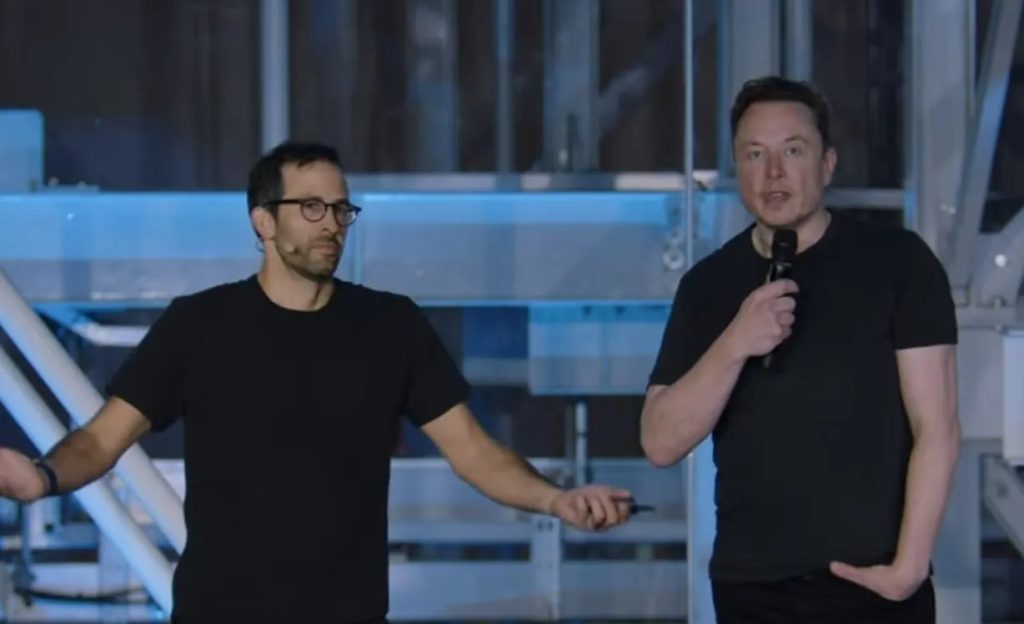
Of course, the email memo has a ton of business-speak in it, but the key line from the whole thing is “As we prepare the company for our next phase of growth, it is extremely important to look at every aspect of the company for cost reductions and increasing productivity, and as part of this effort, we have done a thorough review of the organization and made the difficult decision to reduce our headcount by more than 10 per cent globally.”
So what are the numbers that support these cuts?
Tesla’s Free Fall While Other Automakers Rally
Tesla’s stock price, which was often seen as one of the most stable growth stocks in the 2010s, has fallen 31% so far in 2024. The stock hit a peak of $261.44 per share on December 27, 2023, and ever since then fell off the side of a cliff. By January 25, less than a month later, it closed at $182.63 per share. March 15 saw it fall to $162.5 per share, and exactly one month later on April 15, it closed at $160.27.
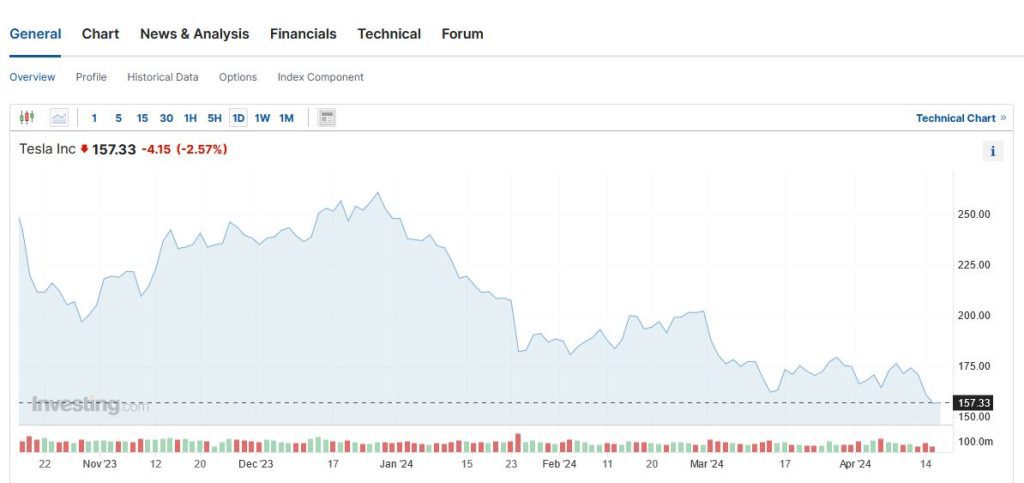
In direct comparison, legacy automakers such as Toyota and GM have seen 45% and 20% rallies to date for their share prices so far in 2024. This can be attributed mostly to the diversity of their model options, as both still build traditional internal combustion and hybrid vehicles, with their EV offerings only one branch of their market stake.
Tesla is an all-or-nothing EV maker, and with EV’s stalling out on sales ever since the global pandemic, this is the second time that Musk has announced a 10% cut to staff. Oddly, the last time such a cut was announced, the total employee count rose instead of fell, despite some employees still being laid off.
So what does a thorough analysis of things show?
Probably the biggest takeaway is that Tesla rode the EV bubble all the way up through the 2010s, when it was a new and exciting company. They underwent explosive growth as other automakers were left in dust realizing that there was, in fact, a market to sell EVs in. Now, however, the company is maturing and its growth has levelled out.

In effect, the first major EV bubble has burst, which was mostly Tesla holding a near monopoly on the market. Now that there is competition in almost all EV sectors, from hypercars (Rimac, Lotus, et al), performance cars (Porsche Taycan), SUVs and CUVs (almost every automaker), and family cars (Kia, Hyundai, Toyota, et al), Tesla can no longer dictate the market.
The other major point that looking at the numbers from an analytical point of view is that “cost reductions and increasing productivity” is market speak for management of any company expecting weak or declining demand of their product or service to continue.
What Does The Future Look Like For Tesla?
If you take the demand for EVs falling completing out of the discussion, Tesla’s major successes were because it was the trendsetter, the first to explore new technologies and was of doing things. That is no longer the case, and it’s either the carmaker gambled a bit too much on staying the biggest dog in the kennel, or they didn’t see the writing on the wall regarding EVs as a whole.
Human beings love novelty. New iPhone? People will spend thousands to have it “first,” only for that same iPhone to sell at 25% less a year later. The EV bubble lasted a bit longer, as there was only really one supplier that kept putting newer and shinier things in front of an effectively cornered group of consumers. Then, other car makers started to make EVs, and sometimes even better ones than Tesla was, and the “ooh shiny!” effect let those consumers see a bigger picture where the big T wasn’t the only option.
We think that EVs still have a future, and almost every analytical report out there expects the EV market to start picking up again around 2026-2027 as the transition away from traditional fossil fuels continues. Where we think that Tesla might suffer is that they bet the entire thing on EVs staying in demand, and have no other type of vehicle to sell to make up for it.
All we can really say is that Tesla is no longer the only fish in the sea, and while it may be the biggest, there are some competitors out there that are getting mighty close to the same size.




